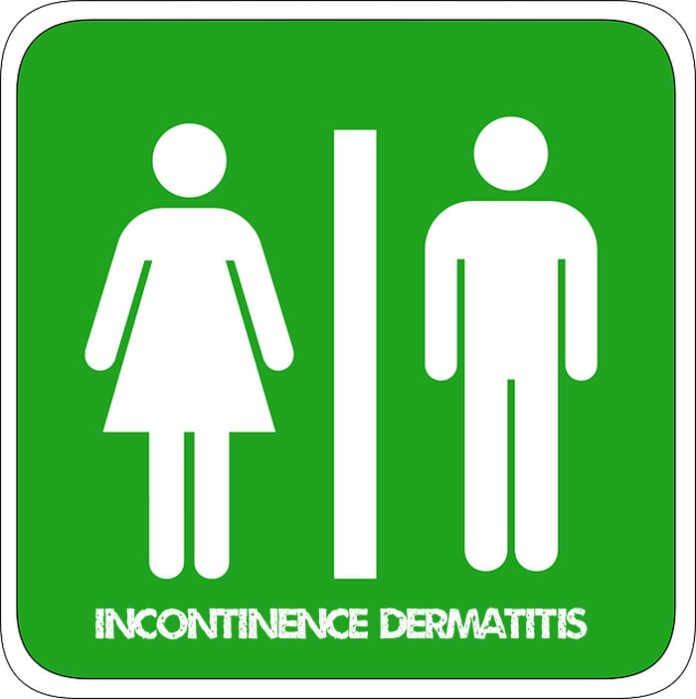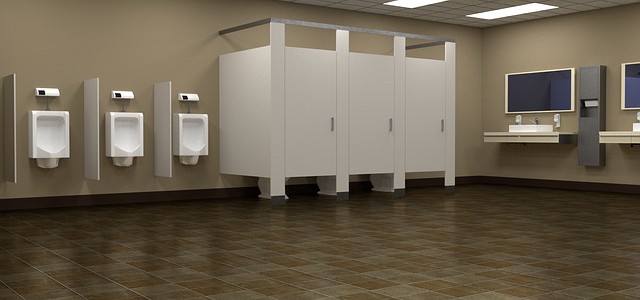
Incontinence dermatitis is a skin breakdown caused by moisture. This moisture on the skin is left from stool or urine. Incontinence dermatitis is also called incontinence-associated dermatitis (IAD).
Causes of incontinence dermatitis:
The skin has a unique quality to protect against the outside fungus and bacteria. This quality is provided by the pH of the skin which is between 5.0 and 5.9 and acts as a barrier to defend. So it is not normal moisture that causes incontinence dermatitis. It is the alkaline moisture such that from urine, whose pH is in the range 4.5 to 8.0. This alkaline moisture changes the skin’s quality.
This causes the stratum corneum’s permeability to increase. In turn, the skin is weakened and can be eroded easily. The culprit for incontinence dermatitis is the focal bacteria. They leave fecal enzymes on the skin, which damages it. Then these bacteria reach the inner layers of the skin causing a secondary infection.
There are three categories of IAD, and they are severe, moderate and mild.
Symptoms of incontinence dermatitis
The basic symptoms of IAD are inflammation rash, persistent redness and daily itching. These symptoms can be confused with pressure ulcers. However, there is some difference between IAD and pressure ulcer.
The skin is bright red color. The damage done to the skin is diffuse. The damage done to the skin is of partial thickness and neurotic tissue is not affected.

Prevention of incontinence dermatitis
The basic steps of prevention are cleansing, moisturizing and protecting. The skin can be cleaned with warm water and a mild soap whose pH level is aligned with that of skin. It soap should contain the surfactants that remove the stool and urine dirt.
Moisturization of skin can be done by applying moisturizer or while cleaning. They usually have lanolin like emollients for replacing the lipids that are lost in the skin. For the protection part, moisture barrier spray or cream should be used. They may be petroleum based, zinc based, an acrylic polymer or dimethicone-based.
One can also use female urinary pouch, male external catheter, bowel management system or a fecal pouch to avoid the contact of stool or urine with the skin. The containment devices should be avoided, and if necessary, they should not be layered and have a high capacity of absorption.
Treating incontinence dermatitis
If one is not able to prevent IAD, then he should immediately consult a skin care specialist. If the inflammation is severe then there would be a need to for topical dressings and topical corticosteroids.
These dressings can be foam dressings or alginates. If the IAD is complex, then the antibiotics and anti-fungal are required for the treatment of bacterial or fungal infection.
Some tests may also be required for the identification and treatment of secondary infections. If such infections are identified then, full course therapy treatment should be given to the patient. An addition of an oral agent may be there for the treatment of severe secondary fungal infection.
Also check out this video on incontinence in general:








